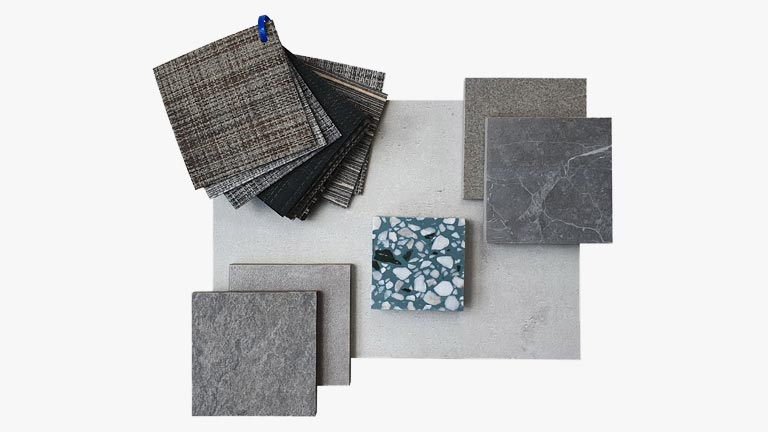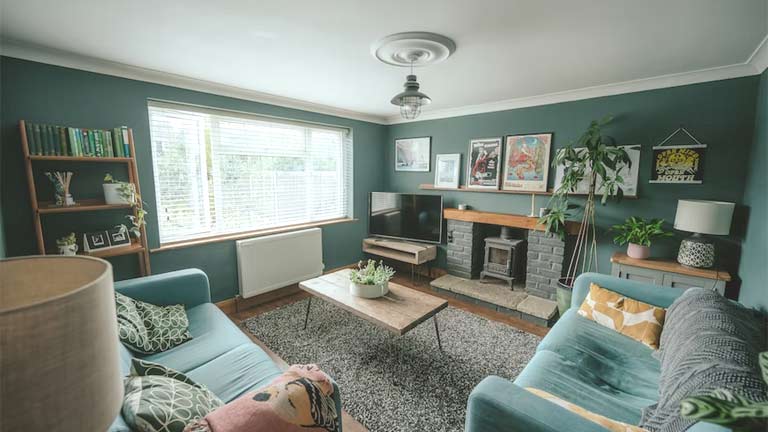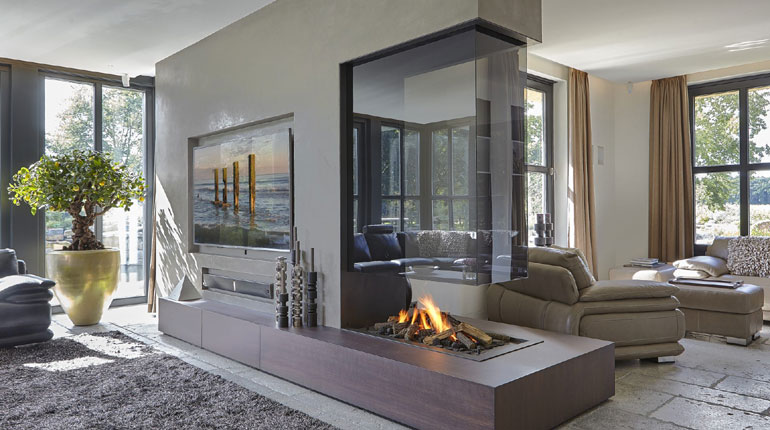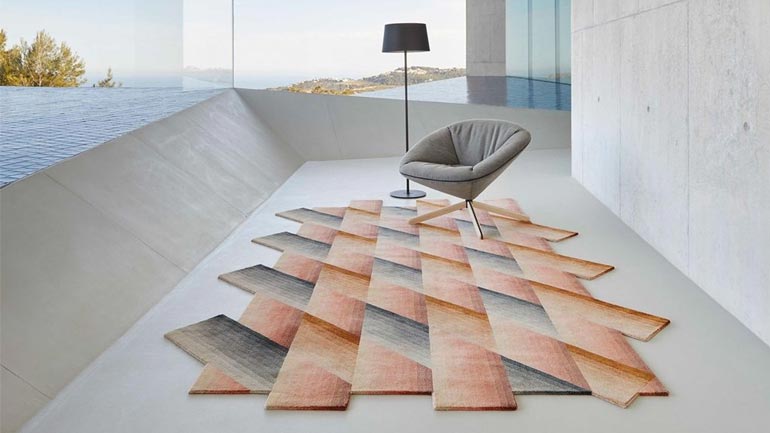
The flooring you select for your home will serve as a backdrop for the remainder of your new interior design concept. Your flooring has an impact on more than just the appearance of your home; it also has a practical effect on how well each area operates.
1st level flooring types:
Stone flooring
Kitchens benefit significantly from natural stone flooring. Classic kitchens benefit from a more rustic, riven appearance, while contemporary kitchens benefit from honed, smooth tiles. Be aware that the more irregular tiles will necessitate more prominent grout lines, which can trap dirt, and that cleaning them will take longer due to the uneven surface.
Resin or polished concrete
Another standard option in kitchens is polished concrete flooring. It’s ideal for use with underfloor heating and has excellent thermal qualities. The concrete floor surface is very hard, durable, and resistant to fire, water, stains, bacteria, and easy to clean.
Floor Tiles
Porcelain floor tiles are less expensive than natural stone, require no sealing, and are highly durable. Additionally, their uniform shape makes fine grout lines easier to produce and makes them a breeze to put. Porcelain tiles are easy to clean, hard to damage, and come in various colors and finishes, making them a suitable match for underfloor heating.
2nd level flooring types:
Carpet
Carpet is one of the most comfortable and sound-absorbing flooring options available. The only drawback to this approach is the upkeep. If it is destroyed, it can be difficult and costly to repair.
Carpet tiles are a good option if you want to go with carpet. They’re really comfy, easy to maintain, and highly fashionable. Perfect for the modern homeowner that values convenience, comfort, and noise reduction.
Vinyl
Vinyl plank flooring is a fantastic second-floor flooring and quality flooring option. It’s scratch-resistant, water-resistant, and long-lasting. It’s also ideal for any prosperous and modern design concept, as it has the look and feel of genuine hardwood.
Hardwoods:
Hardwood flooring has an unmistakable beauty and design aesthetic. You should examine which type of wood is ideal for you while buying new flooring for your second level.
Some hardwoods are better for noise reduction, upkeep, and durability. Soundproof mats or rugs can be purchased to reduce noise pollution and boost comfort if you wish to go any further.
3rd level floor types:
Carpets
Carpets are the most comfortable carpet option and the greatest at absorbing sound. As a result of its capacity to dampen sound, carpets are a good choice for upstairs flooring. Consider a higher pile carpet or a thick cushion if you need the carpet to absorb more sound in a room or minimize sound transmission. A memory foam pad can also be added.
Laminate Flooring
In your upstairs room, laminate flooring is an option. The laminate floors were not soundproof at the time. Thanks to technological advancements, laminates have improved in terms of features, notably the ability to muffle noise. Hardwood floors cannot be compared to laminate floors since hardwoods are noisier. Consider adding a sound-absorbing underlay to reduce noise further.
Hardwoods
If you must lay a hardwood floor, consider softer species such as pine, as they are better at noise reduction. If you must apply a hardwood floor because it adds value to your property, there are several noise-deadening measures you can employ. Soundproofing mats, acoustic laminate, mass-loaded vinyl, acoustic underlay, and acoustic mineral wool are just a few of the options available for the floor installation.
Conclusion:
This decision is purely based on personal preference rather than any practical considerations. Low-maintenance flooring, such as rubber, patterned linoleum, or timber-effect luxury vinyl tile, can be more useful in children’s rooms.




